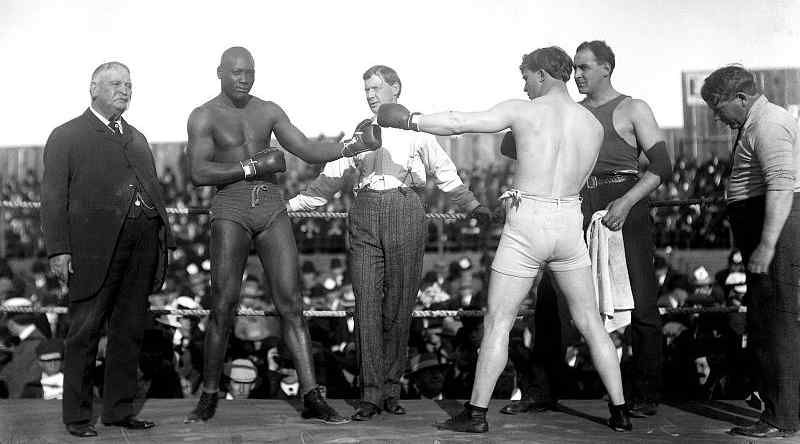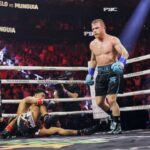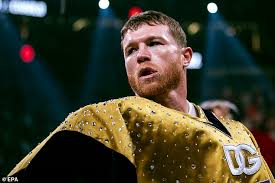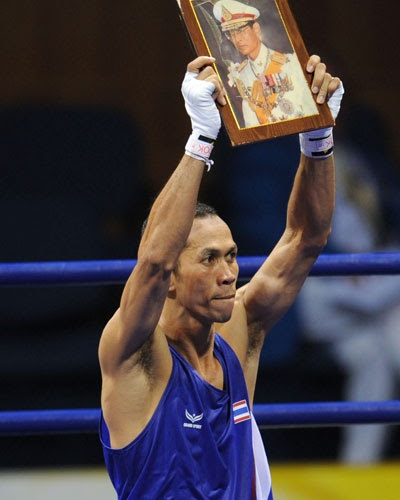
The history and origins of Professional boxing
Evolving rules
Professional boxing had evolved over the years since the transition from the London Prize Ring Rules era to the introduction of the Queensberry Rules.
From its violent and no-holds-barred nature of the bare-knuckle fights, the sport of boxing in general was made safer owing to its then-revolutionary rules that were used until today, such as the use of gloves, three-minute rounds and the ten-second counts for knockdowns and knockouts.
It took until 1982 for the most significant change since the Queensberry rules, when the championship bouts were shortened from 15 rounds to 12, in the light of Duk Koo Kim’s death four days after he was knocked out by Ray Mancini in Las Vegas.
With the regulations in place, there’s no stopping the rise of the professional game, in which it has a massive advantage over the amateur game owing to its massive paydays, to go along with the prestige of being the best boxer on the planet.
However, despite its potential income generation, the sport has been subject to bans, especially in Cuba where professional sports were outlawed by the Castro regime for six decades until it was lifted in 2022. Once a powerhouse in the Olympic scene, Cuba saw its quality deteriorate owing to the defections of their top amateurs to pursue their prizefighting careers.
Since the advent of the pro boxing scene, the heavyweights were undeniably the most glamorous of all weight classes, in which it gave rise to numerous promotions over the years that produced the greatest rivalries and gave rise to the legends such as Dempsey, Louis, Ali, Tyson and many more.
At the same time, the weight classes below the heavyweights also generated the hype and prestige, especially in Asia where it did not have fighters above 175 pounds. Which is why countries such as the Philippines and Japan have multiple world champions in the lower weight classes, as their heaviest titleholders from both nations came at the middleweights.




